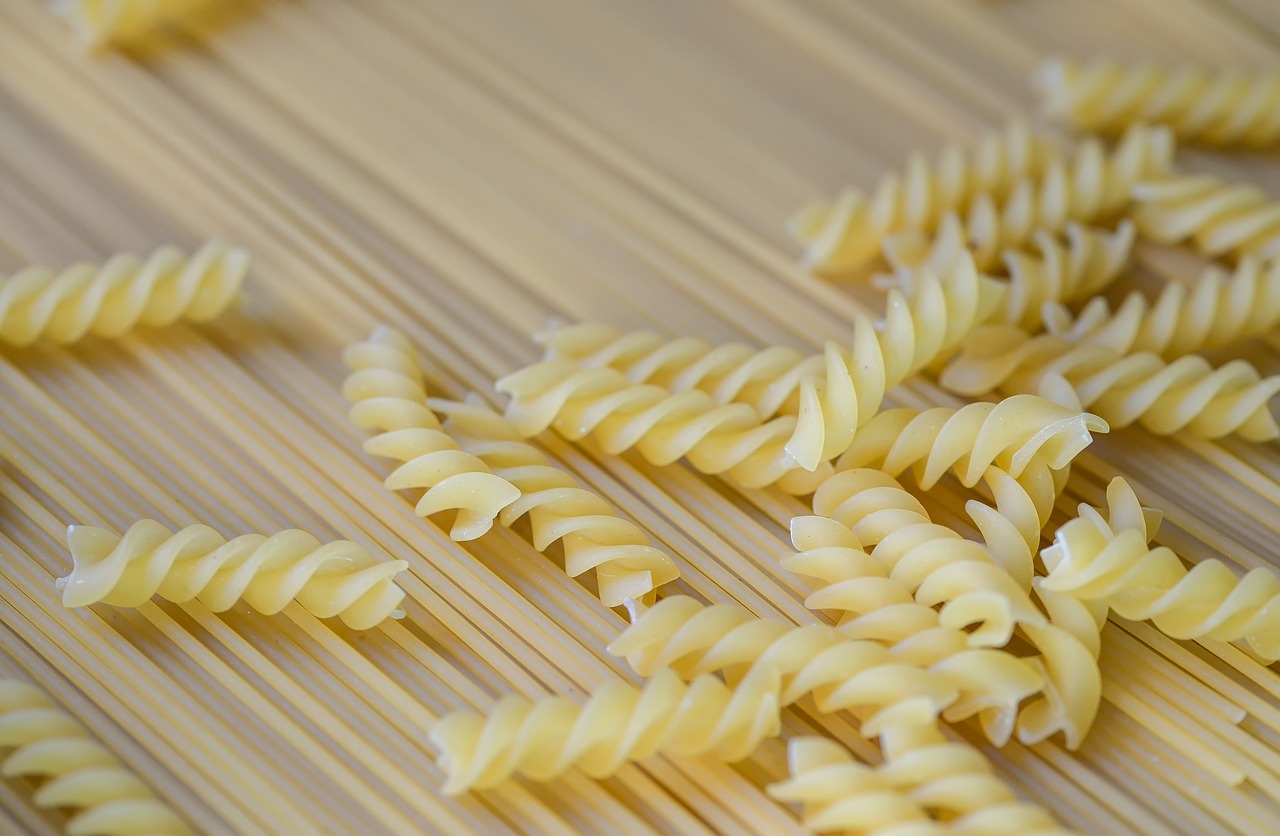 |
| Pasta Crudo |
Pasta, a timeless and versatile dish, has secured its place as a staple in households worldwide. From the comforting embrace of a classic spaghetti Bolognese to the elegance of fettuccine Alfredo, pasta has the power to satisfy cravings and elevate dining experiences, especially if you're having it in the best Italian restaurant in Prahran.
Beyond its delicious taste, making pasta from scratch offers a range of benefits, both in terms of flavor and personal fulfillment. In this article, we will explore the advantages of crafting your pasta and provide a step-by-step guide to creating this culinary masterpiece in your own kitchen.
Benefits of Making Pasta from Scratch
 |
| Scratch Pasta |
- Flavor Mastery
- When you make pasta from scratch, you have full control over the ingredients. This means you can choose the finest quality flour and eggs, resulting in a pasta that is far superior in flavor and texture compared to store-bought alternatives. The richness of homemade pasta adds a depth of taste to your dishes that is unparalleled.
Creative Freedom
Quality Ingredients
- Homemade pasta enables you to use the freshest and highest quality ingredients. By selecting organic eggs, premium flours, and other wholesome components, you can be confident in the nutritional value of your meal. This is a particularly appealing aspect for those who prioritize a healthy and well-balanced diet.
Therapeutic Experience
- The process of making pasta can be a therapeutic and meditative experience. Kneading the dough, rolling it out, and shaping it into various forms can be a relaxing and rewarding activity. The tactile nature of pasta-making engages your senses and provides a sense of accomplishment that goes beyond the final dish.
Economical and Sustainable
How to Make Pasta from Scratch
 |
| How To Make Pasta |
Now that we've explored the benefits let's dive into the step-by-step process of making pasta at home.
Ingredients:
- 2 cups all-purpose flour
- 3 large eggs
- A pinch of salt
Instructions:
Create the Flour Well: On a clean surface, pour the flour in a mound and create a well in the center. This is where the eggs will go.
Add Eggs and Salt: Crack the eggs into the well and add a pinch of salt. This is the foundation of your pasta dough.
Gradually Incorporate Flour: Using a fork, gradually incorporate the flour into the eggs. Continue mixing until the dough starts coming together.
Knead the Dough: Once the mixture becomes too difficult to mix with a fork, use your hands to knead the dough. Continue kneading for about 8-10 minutes until it becomes smooth and elastic.
Rest the Dough: Wrap the dough in plastic wrap and let it rest for at least 30 minutes. This allows the gluten to relax, making the dough easier to roll out.
Roll and Shape: After resting, roll out the dough to your desired thickness. You can use a pasta machine or a rolling pin. Cut the dough into your preferred shape, such as fettuccine, tagliatelle, or pappardelle.
Cook the Pasta: Boil a pot of salted water and cook the pasta for 2-4 minutes, depending on thickness. Fresh pasta cooks faster than dried varieties, so keep an eye on it.
Enjoy Your Homemade Pasta: Once cooked, pair your homemade pasta with your favorite sauce or simply toss it with olive oil, garlic, and herbs. The satisfaction of savoring a dish made entirely from scratch is unparalleled.
Conclusion
Making pasta from scratch is not just a culinary endeavor; it's an art form that allows you to connect with the food you consume on a deeper level. The benefits, ranging from superior flavor to the therapeutic joy of the process, make it a worthwhile venture for any home chef.
So, the next time you're craving a comforting bowl of pasta, consider rolling up your sleeves and embarking on the journey of creating your own delicious, homemade pasta. Your taste buds—and your sense of accomplishment—will thank you.
Comments
Post a Comment